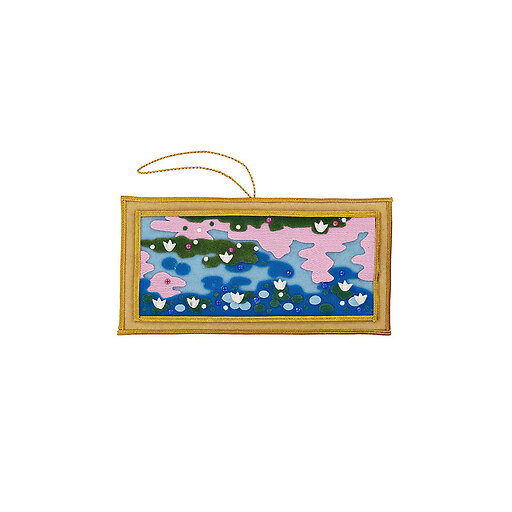Water Lilies FoulArt Ribbon
CH901030
This ribbon with floral pattern is inspired by details from the work Série des Nymphéas, Matin, ca. 1914-1926 by Claude Monet (1840-1926) (Room 1, Wall south - Oil on canvas - H. 2; W. 12,75m - Paris, musée de l'Orangerie)
FoulArt is a fashion accessory that can be used in many ways: to tie your hair...
Read more
This ribbon with floral pattern is inspired by details from the work Série des Nymphéas, Matin, ca. 1914-1926 by Claude Monet (1840-1926) (Room 1, Wall south - Oil on canvas - H. 2; W. 12,75m - Paris, musée de l'Orangerie)
FoulArt is a fashion accessory that can be used in many ways: to tie your hair, around your head as a hair band, tied around your neck, on your wrist as a bracelet, around your waist as an elegant belt, or even hung on your bag.
Close
Sold by GrandPalaisRmn





















